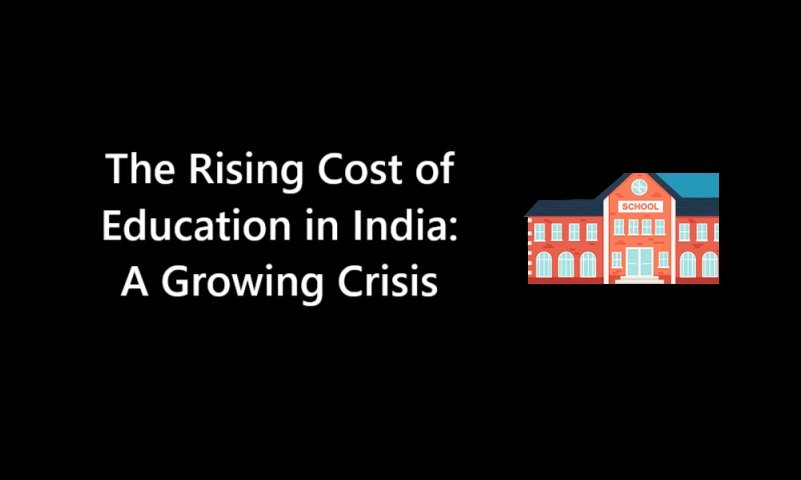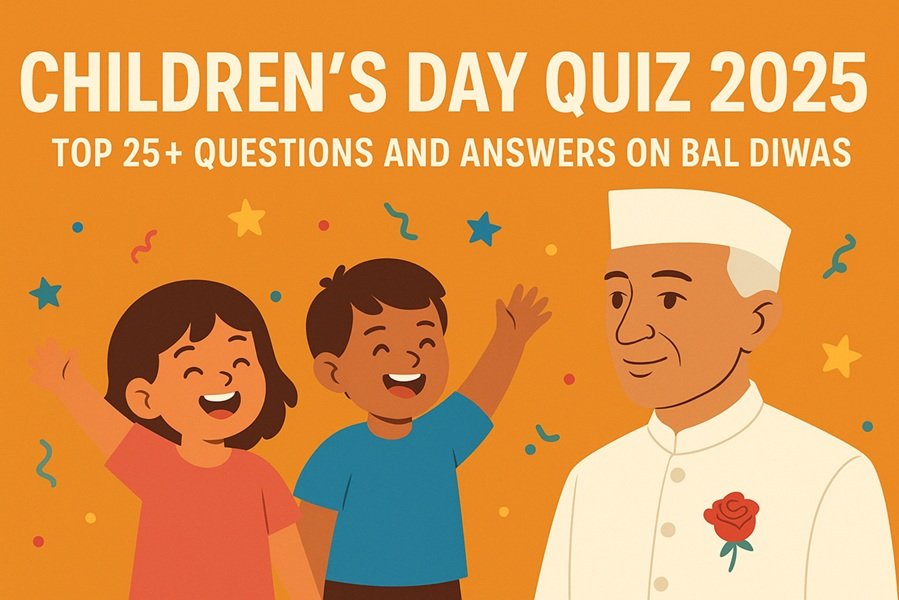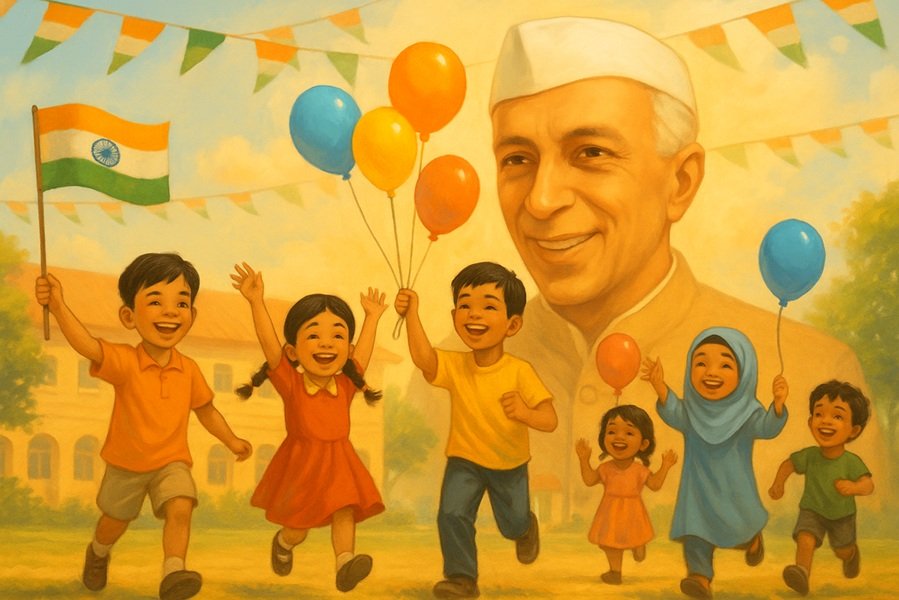
Introduction
Education is the backbone of any nation, determining its progress and shaping the future of its citizens. However, in India, the rising cost of education is turning schools into a luxury rather than a basic right. Private school fees are soaring, while government schools continue to underperform, forcing parents to make difficult choices. This growing disparity in educational access is a ticking time bomb that could have serious consequences for India’s development and social equality.
Escalating Cost of Private School Education
Over the past few decades, private schools have gained popularity due to the poor condition of government schools. However, the cost of private education has increased exponentially. Middle-class families are finding it increasingly difficult to afford quality schooling for their children. Some of the key reasons for the high fees include:
- Inflation and Rising Operational Costs: Schools justify their high fees by citing the rising costs of infrastructure, faculty salaries, and modern facilities.
- Commercialization of Education: Education has become a business, with many private institutions prioritizing profits over learning. Additional charges for extracurricular activities, books, uniforms, and transportation add to the financial burden.
- International Curriculum and Branding: Many private schools offer international curricula like IB and IGCSE, marketing themselves as premium institutions, leading to exorbitant fee structures.
- Capitation Fees: Despite being illegal, many schools still demand hefty one-time admission fees, putting additional pressure on parents.
Government Schools: Failing the Common People
While private schools charge high fees, government schools, which should ideally offer quality education for free or at minimal cost, are struggling with multiple issues:
- Lack of Proper Infrastructure: Many government schools lack basic facilities such as clean drinking water, proper classrooms, toilets, and playgrounds.
- Shortage of Qualified Teachers: Poor salaries and lack of motivation among teachers result in substandard teaching quality. Many government schools suffer from teacher absenteeism, directly affecting students’ learning outcomes.
- Outdated Curriculum and Teaching Methods: Many government schools still follow rote learning methods, failing to equip students with critical thinking skills and practical knowledge.
- Neglect from Authorities: Despite government schemes and policies, poor implementation and corruption often lead to funds being misused, with little improvement on the ground.
Impact on Society
The consequences of this growing divide in education are alarming:
- Increased Economic Inequality: The rich can afford quality private education, while the poor are stuck with underperforming government schools, widening the gap between social classes.
- Rise in Student Debt and Financial Burden: Parents are forced to take loans or cut down on essential expenses to afford private education for their children.
- Brain Drain: The lack of quality education in government institutions forces talented students to move abroad for better opportunities, weakening India’s intellectual capital.
- Rise in Illiteracy and Unemployment: Many children drop out of school due to financial constraints, leading to a rise in illiteracy and unemployment in the country.
Government Policies: Are They Enough?
The Indian government has introduced several policies to improve the education sector, but their impact remains limited:
- Right to Education (RTE) Act, 2009: While this law mandates free and compulsory education for children aged 6-14, many schools fail to implement it effectively.
- Mid-Day Meal Scheme: This initiative has increased school enrollments, but its execution is often marred by corruption and low-quality meals.
- Digital India and Smart Classrooms: While the government promotes digital learning, many rural schools lack basic infrastructure and electricity, making it difficult to implement.
- Scholarship and Loan Schemes: While scholarships exist for economically weaker students, they are not always accessible due to bureaucratic red tape.
Possible Solutions to the Education Crisis
To address the worsening education crisis in India, immediate steps need to be taken:
- Strict Regulation of Private Schools: The government must impose strict caps on fee hikes, eliminate capitation fees, and ensure transparency in financial operations of private institutions.
- Revamping Government Schools: More budget allocation should be made towards improving infrastructure, hiring well-trained teachers, and upgrading curriculum.
- Encouraging Public-Private Partnerships: Collaboration between government and private organizations can help improve the quality of government schools.
- Investment in Teacher Training: Regular teacher training programs must be conducted to ensure updated teaching methods are being used.
- Encouraging Alternative Learning Methods: Online education, open schooling, and vocational training should be promoted as alternative education models for students who cannot afford traditional schooling.
Conclusion
Education is a fundamental right, not a luxury. The government must take urgent steps to control the rising cost of private education while simultaneously uplifting government schools. If India is to remain competitive on the global stage and ensure equitable social growth, the education sector must be reformed before it is too late. A nation’s future depends on the quality of education it provides to its youth, and India cannot afford to let this crisis go unchecked.





